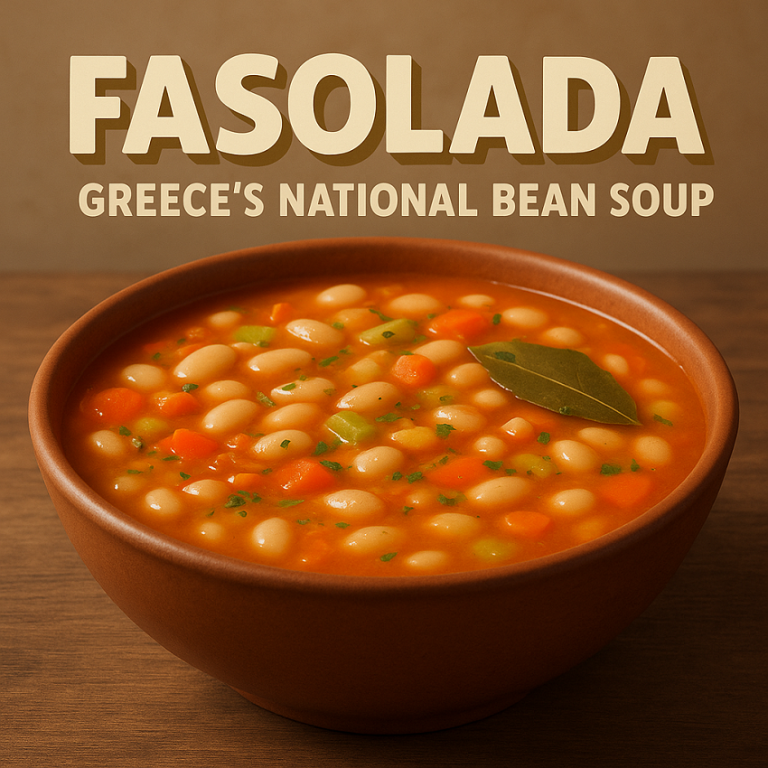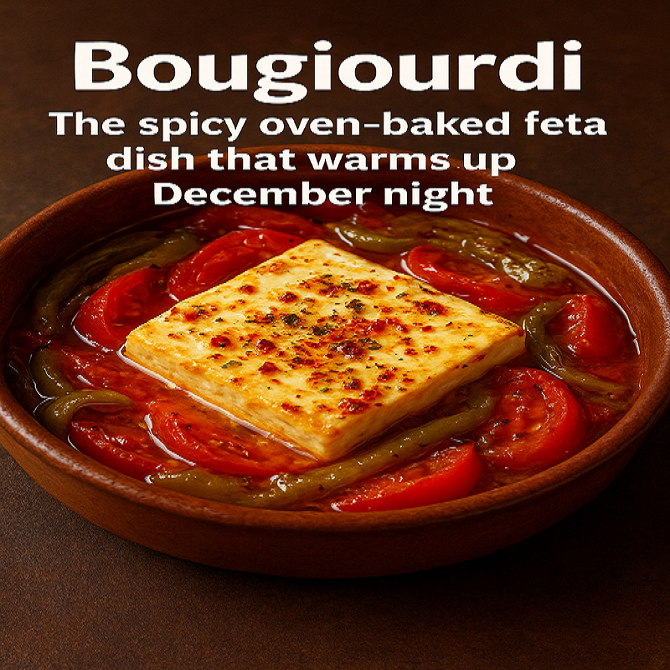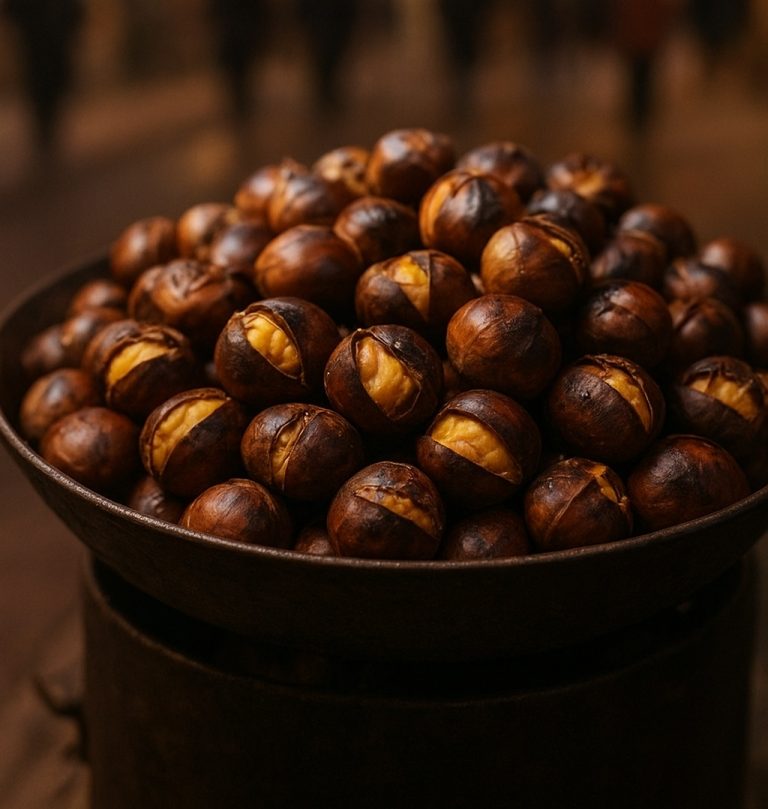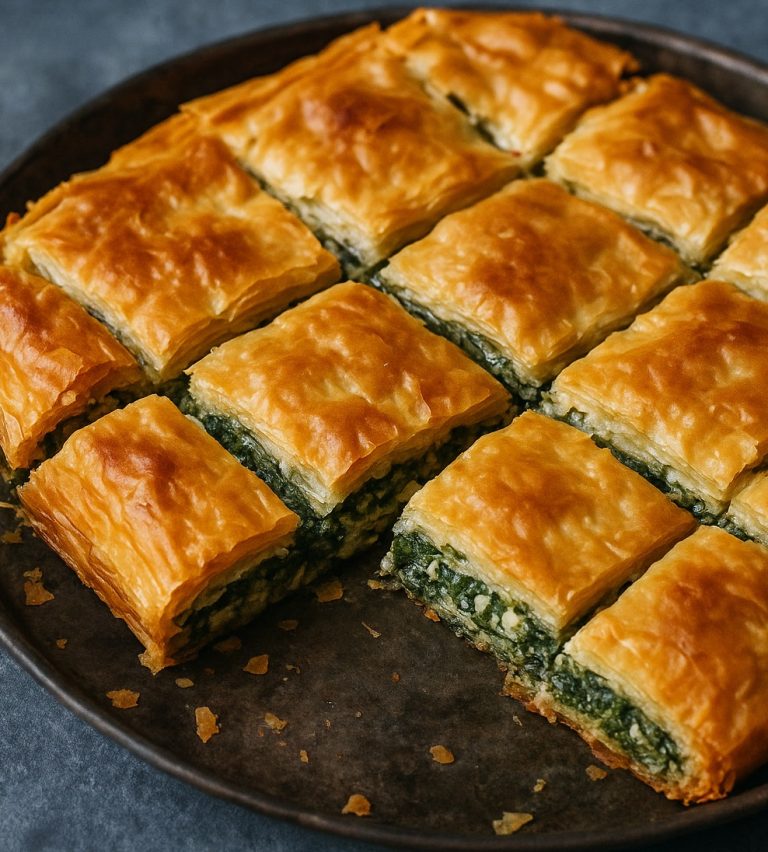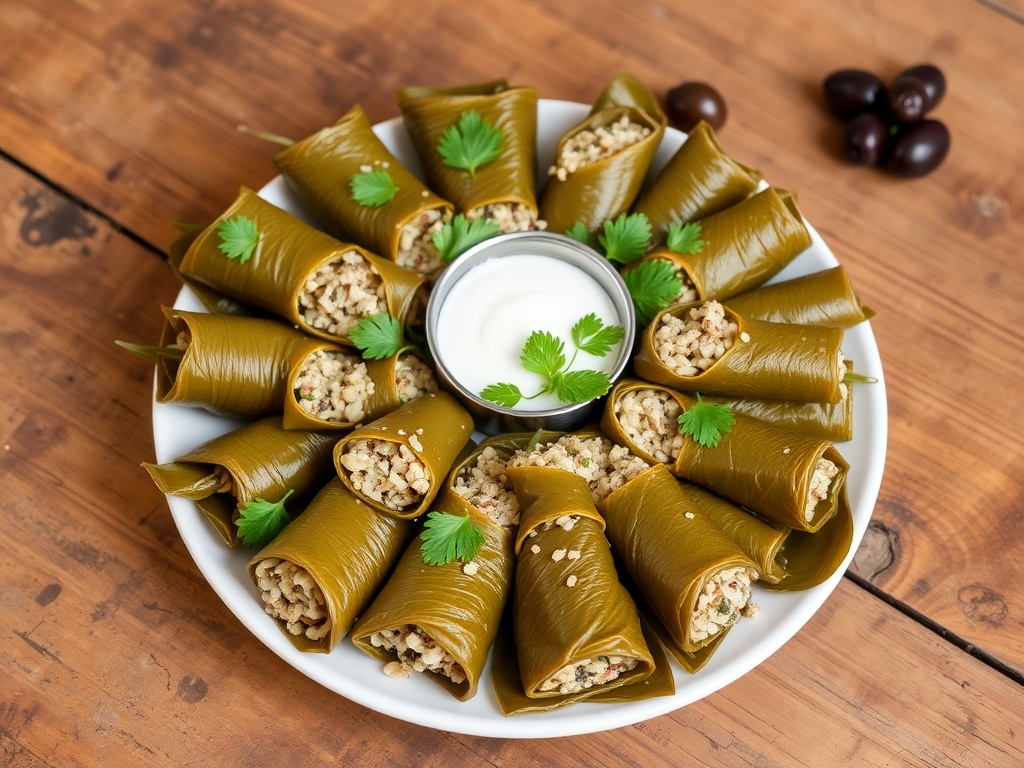
Dolmadakia, the beloved Greek delicacy of stuffed grape leaves, is a dish steeped in history and culinary tradition. Often served as an appetizer or meze, these small parcels are packed with flavor and have become a staple in Greek households and restaurants alike. This article explores the origins, preparation, variations, cultural significance, and modern twists on dolmadakia.
Ingredients and Preparation
Basic Ingredients
Dolmadakia typically consist of:
- Grape Leaves: Young, tender grape leaves are preferred, often brined or preserved for flavor. These leaves provide a slightly tangy taste that complements the filling.
- Filling: The filling usually includes a mixture of rice, herbs (like dill, mint, and parsley), and sometimes minced meat (lamb or beef).
- Seasonings: Common seasonings include onion, lemon juice, olive oil, salt, and pepper. These ingredients contribute to the dish’s signature flavors.
Preparation Steps
- Preparing the Grape Leaves: If using fresh grape leaves, they should be blanched in boiling water for a few minutes to soften. This step makes them easier to roll. Brined leaves are rinsed to remove excess salt, ensuring the final dish isn’t overly salty.
- Making the Filling: Combine rice, minced meat (if using), finely chopped herbs, and seasonings in a bowl. The mixture is usually moistened with olive oil and lemon juice, which adds richness and acidity. Allowing the filling to rest for a short period helps the flavors meld together.
- Stuffing the Leaves: Place a small spoonful of the filling on a grape leaf, near the stem end. Fold in the sides and roll it up tightly, ensuring it’s secure. This technique is crucial to prevent the filling from escaping during cooking. Practice makes perfect, and each roll becomes easier with experience!
- Cooking: The dolmadakia are arranged in a pot, often layered with additional grape leaves to prevent them from sticking to the bottom. They are simmered in a mixture of water, olive oil, and lemon juice. This slow cooking allows the flavors to meld beautifully, resulting in tender, flavorful parcels.
- Serving: Dolmadakia can be served warm or at room temperature, often accompanied by a side of tzatziki or a fresh salad. The cooling effect of tzatziki complements the warm, savory dolmadakia perfectly.
Variations
While the traditional dolmadakia features rice and herbs, there are numerous regional variations:
- Meat-Filled Dolmadakia: In some regions, dolmadakia are made with a meat-heavy filling, offering a heartier option. This version often includes a blend of ground lamb and beef, seasoned with spices for added depth.
- Vegan Versions: Many enjoy a vegan take on dolmadakia, using only rice, vegetables, and herbs. These versions may incorporate ingredients like bell peppers, carrots, or even nuts to enhance the filling’s texture and flavor.
- Spiced Variations: Some recipes incorporate spices like cinnamon or allspice, giving the filling a unique flavor profile. This approach adds warmth and complexity, reflecting the diverse influences on Greek cuisine.
- Regional Twists: Different areas of Greece put their own spin on dolmadakia. For example, in Crete, they might include local herbs or spices, while in the Peloponnese, you might find variations that emphasize the use of local olive oil or lemon.
Cultural Significance
Dolmadakia holds a special place in Greek culture, often served at family gatherings, celebrations, and holidays. They represent hospitality and the warmth of sharing a meal with loved ones. In Greek homes, preparing dolmadakia is often a communal activity, with family members gathering to roll and stuff the leaves together. This bonding experience is as important as the final dish itself.
During festivals or special occasions, dolmadakia often take center stage on the table, symbolizing abundance and sharing. They are not only a delicious dish but also a reflection of the Greek ethos of community and togetherness.
Pairing Suggestions
Dolmadakia pairs wonderfully with various accompaniments:
- Wine: A crisp white wine, such as Assyrtiko or a light rosé, complements the dish’s flavors. The acidity in these wines balances the richness of the filling and the tangy grape leaves.
- Sauces: Tzatziki, made from yogurt, cucumber, and garlic, is a classic pairing that adds a refreshing contrast. Other sauces, such as a lemony yogurt sauce or a spicy pepper dip, can also enhance the overall experience.
- Salads: A fresh Greek salad, with tomatoes, cucumbers, olives, and feta, provides a vibrant counterpoint to the savory dolmadakia.
Modern Twists on Dolmadakia
In recent years, chefs and home cooks have begun to experiment with dolmadakia, adding contemporary twists to this traditional dish. Innovations include:
- Fusion Flavors: Incorporating ingredients from other cuisines, such as quinoa or couscous in the filling, or using Asian-inspired spices like ginger and garlic.
- Presentation: Modern plating techniques, such as stacking dolmadakia elegantly or serving them on a bed of colorful vegetables, enhance their visual appeal.
- Gourmet Variations: Some restaurants offer gourmet versions, filling grape leaves with exotic ingredients like seafood or truffle oil, elevating the dish to fine dining.
Conclusion
Dolmadakia is more than just a dish; it embodies the rich culinary heritage of Greece. With its layers of flavor, cultural significance, and the joy of sharing, dolmadakia remains a cherished part of Greek cuisine. Whether enjoyed at home or in a restaurant, these stuffed grape leaves offer a delicious taste of tradition that continues to captivate palates around the world.
As you explore the world of Greek cuisine, consider making dolmadakia a centerpiece of your culinary journey. Embrace the process of preparation, enjoy the flavors of the filling, and share the experience with friends and family. In every bite of dolmadakia, you’ll find a connection to the past and a celebration of the present—truly a dish worth savoring.
